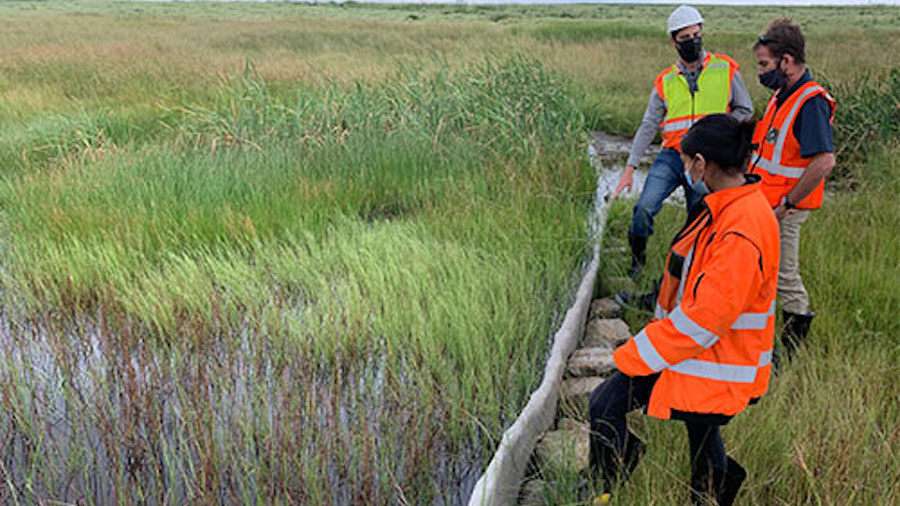
According to the organizations behind the program, the first three years will see 30,000 water samples collected from dozens of areas of critical conservation importance. NatureMetrics will analyze environmental DNA – traces of DNA left in the water by fish, birds, amphibians and land animals – to identify the range and distribution of species in each ecosystem.
For mining companies, having access to these data means that they can use eDNA to understand their dependency and impact on nature, in order to manage their biodiversity risk.
eDNA analysis enhances the way mining companies evaluate risk and meet environmental regulations
“eDNA analysis enhances the way we evaluate risk and meet – or even exceed – environmental regulations, track progress towards biodiversity targets, and reduce monitoring cost and efforts,” Warwick Mostert, biodiversity principal at Anglo American, said in a media statement. “When a mine is in full operation, it will become a key part of the ongoing monitoring and evaluation in terms of our biodiversity performance. When we start to get to the point where an operation is coming to closure, it will allow us to make sure the work has been done and we can meet our objective of restoring an environment to better than its pre-mining state.”
Besides collecting data to supply to the eBioAtlas, Anglo plans to share the information with the countries where it operates to help build and support local genetic reference libraries and strengthen regional capacity for monitoring and research.
According to Warwick, at present, the London-based company is running a series of data-gathering pilot projects at some of its global operations such as Sishen and Kolomela iron ore mines in South Africa, the Unki platinum mine in Zimbabwe, the Sakatti project in Finland, the Quellaveco copper project in Peru, among others.
The way it works is NatureMetrics supplies easy-to-use sampling kits that allow non-specialists to collect high-quality samples. All they need to do is pump water by hand through a filter to extract traces of DNA and record field data on a mobile phone app. The kit stabilizes the DNA in a preservative solution so it can be sent for sequencing at NatureMetrics’ lab and then be matched against species data held in DNA reference libraries.
The technology is said to reduce the time and cost of traditional biodiversity surveys, which rely on identification by sight and expert taxonomic knowledge and involve large teams working on a mining site.
Anglo, as well as the IUCN and NatureMetrics point out that the eDNA kits can promote more interaction between communities and mining companies because the monitoring and sample collection can be carried out by them, which means that wider areas can be looked after more frequently.
“eDNA is a game-changer because it allows surveys to be done much faster and it has the potential to pick up much more information than through conventional sampling,” Will Darwall, head of IUCN’s freshwater biodiversity unit, said in the press brief. “A third of the world’s freshwater fish are threatened. If nothing changes in the way we manage freshwater environments these species are headed for extinction. We need a full-scale bio-blitz using eDNA to rapidly get new and updated information about where freshwater fish live all over the world so we can bring it into the mainstream of conservation and environmental management and policy efforts.”




